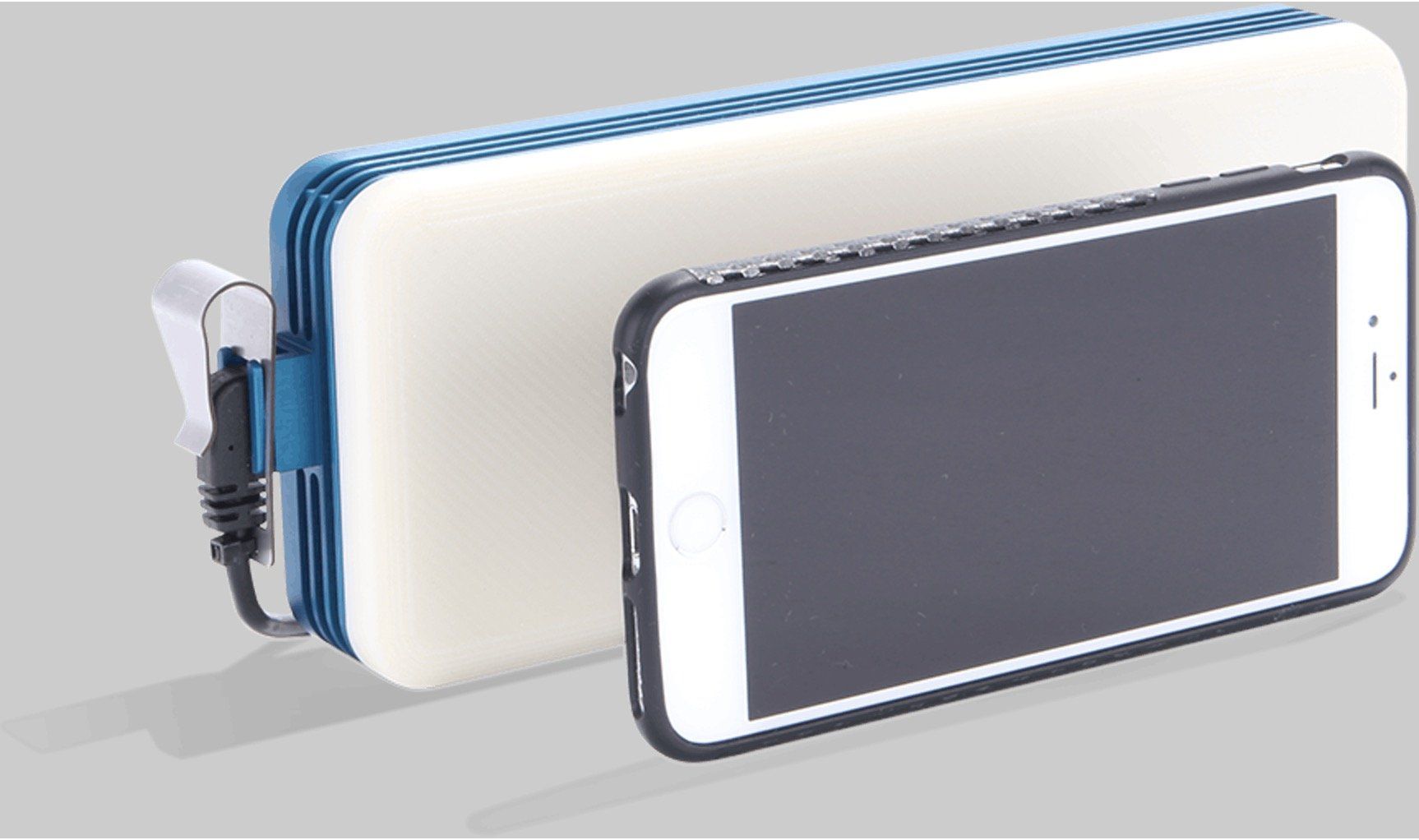
In the world of drones, BLOS—for beyond line of sight—is a Holy Grail of sorts because it can untether unmanned aircraft from ground stations and remote operation, paving the way for true autonomous flight. However, thus far, aircraft manufacturers haven’t developed robust detect-and-avoid technology to allow drones to see other aircraft, including other drones.
A Washington-state startup called Echodyne thinks it has developed a new solution in the form of a small, lightweight and relatively inexpensive phased-array K-band radar that depends on software scanning and aiming rather than a mechanical antenna sweep. Echodyne CEO Tom Driscoll explained the system at the pre-opening day of the AUVSI Xponential conference in Dallas. (AUVSI is the Association of Unmanned Vehicle Systems International.) Phased array radar is nothing new and has been used on naval ships and military aircraft for years. “Phased arrays have been entirely out of reach for commercial operations,” Driscoll said in a presentation at the show. Using what he described as “the weird new physics of metamaterials,” Driscoll said Echodyne’s radar is both light and affordable, at 1.5 pounds and about $10,000. He said the price would decrease substantially if the system were produced in volume and could be used on small, autonomous drones. Tests indicate the radar, which is about the size of large smartphone, can track targets as small as birds.
While autonomous ground vehicles have used LIDAR—a laser-based accurate sensing and mapping technology—it lacks the range and is too heavy for small drones. It’s also unsuitable for use in poor weather. Echodyne’s system, according to Driscoll, has a reliable range of 2 to 3 km and requires much less power to operate than traditional radars. He said the technology is “absolutely enabling” and the company hopes to produce marketable products within a few years.


































